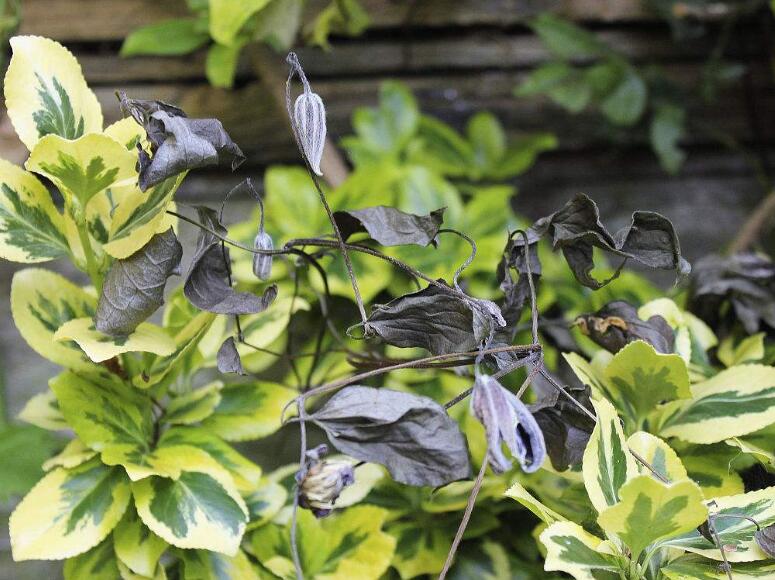Fertilization Technique of Fructus Schizandra
Schisandra chinensis is a kind of high-grade traditional Chinese medicine, which is divided into Schisandra chinensis and Schisandra chinensis. Schisandra chinensis is suitable for growing in humus-rich soil with fertile soil, good drainage and slightly acidic soil. At present, it is mainly produced in Heilongjiang, Jilin, Hebei and other places in China. So in order to improve the yield and quality of Schisandra chinensis, and scientific fertilization is the key, let's learn the fertilization methods of Schisandra chinensis.

1. Base fertilizer
Schisandra chinensis has a great demand for nutrients, and it is constantly absorbing nutrients, so we need to apply sufficient base fertilizer when preparing the soil. The base fertilizer is mainly organic fertilizer, combined with nitrogen fertilizer, phosphate fertilizer, potash fertilizer and other chemical fertilizer. At the same time, we also need an appropriate amount of trace elements in the soil to improve the soil structure and make the soil most suitable for planting Schisandra chinensis.
2. Growth fertilizer
Growth fertilizer should be divided into several times, not one-time fertilization. The growth fertilizer should not be too heavy, otherwise it will seriously affect the growth of Schisandra chinensis. The first topdressing of growth fertilizer is about ten days after the planting of Schisandra chinensis, the amount of topdressing should not be too large, usually controlled at about one jin, mainly ammonia and potash fertilizer. The second topdressing was a month later, when it was applied according to the amount of fertilizer needed for 75 jin per mu, mainly phosphate fertilizer, combined with urea and potash fertilizer. The amount of fertilizer applied in the third time should be increased, and the amount of fertilizer per mu is 5,000 jin, mainly rotten farm manure. In the later stage, we also need to apply reasonably according to the growth of Schisandra chinensis.
3. Promoting flower and strong fruit fertilizer
Generally speaking, Schisandra chinensis begins to enter the flowering stage in May every year, and we need to apply fertilizer in advance to promote flowering and prolong the flowering period, so as to improve the fruit setting rate. This is that we mainly spray with foliar fertilizer, that is, boron fertilizer. The second is between June and August, which is the period of fruit growth. We mainly use potash fertilizer as phosphate fertilizer, and we also need to use foliar fertilizer in order to improve the quality of Schisandra chinensis.
4. Periodic fertilizer
Periodic fertilizer is actually a fertilization after the harvest of Schisandra chinensis. Periodic fertilizer is also called winter fertilizer, winter fertilizer, conservation fertilizer, base fertilizer and so on. The main purpose of topdressing periodic fertilizer is to prepare for the yield and quality of the coming year, as well as to apply Schisandra chinensis safely through the winter. Then the periodic fertilizer is mainly organic fertilizer, and appropriate spraying foliar fertilizer, supplement root nutrition, or the use of biological fertilizer, which can not only reduce the cost of planting, but also improve the quality of Schisandra chinensis.
The above are the basic fertilization techniques of Schisandra chinensis. Generally, mastering this fertilization technology will have a good effect on the yield and quality of Schisandra chinensis. This is the end of the editor's sharing today. I hope it can be helpful to everyone.
- Prev

Is clematis easy to grow insects? pest control of clematis / 2 insect pests 2 diseases
Clematis is a kind of ornamental flower, which is also common in people's life nowadays. However, ornamental plants in the foot will also wilt if there are diseases and insect pests. About clematis easy to grow insects, clematis disease and pest control need to do, the following editor to take you to understand
- Next

Field management techniques of Ophiopogon japonicus
Field management techniques of Ophiopogon japonicus
Related
- Fuxing push coffee new agricultural production and marketing class: lack of small-scale processing plants
- Jujube rice field leisure farm deep ploughing Yilan for five years to create a space for organic food and play
- Nongyu Farm-A trial of organic papaya for brave women with advanced technology
- Four points for attention in the prevention and control of diseases and insect pests of edible fungi
- How to add nutrient solution to Edible Fungi
- Is there any good way to control edible fungus mites?
- Open Inoculation Technology of Edible Fungi
- Is there any clever way to use fertilizer for edible fungus in winter?
- What agents are used to kill the pathogens of edible fungi in the mushroom shed?
- Rapid drying of Edible Fungi

